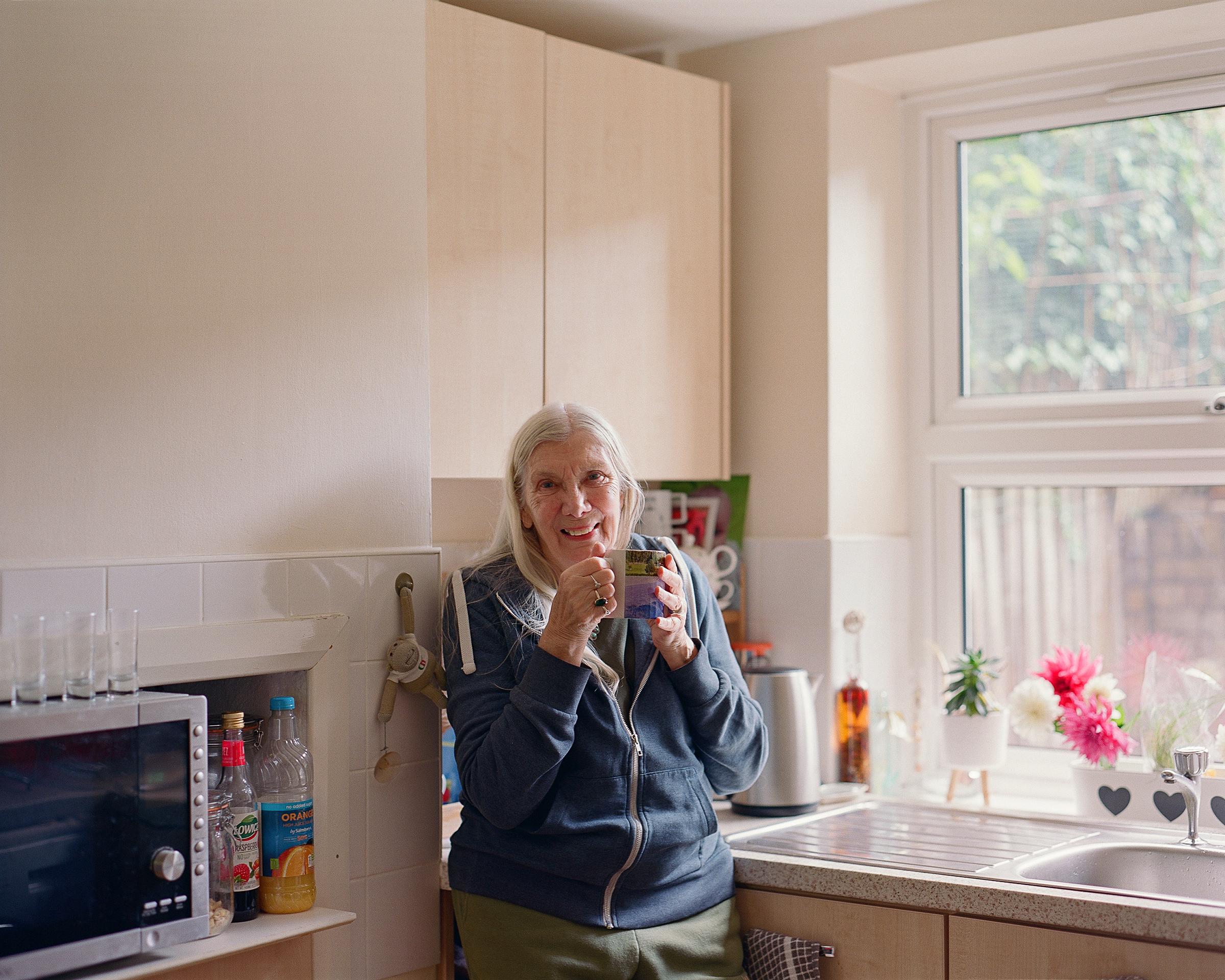Rising rents are sweeping people on low incomes into poverty - but we can help
Resetting Local Housing Allowance (LHA) rates to cover at least the bottom third of rents, and providing more social rent homes, would reduce two of the main causes of homelessness and rough sleeping.
This week, documentary film ‘Half Way’ is available online for digital download for the first time. Daisy-May Hudson, BAFTA and BIFA nominated film maker, offers an intimate portrayal of the stark realities of the housing crisis gripping families in the UK today.
In Daisy’s final year at university, her mum and her sister were forced to move out of their privately rented home, as their landlord wanted to sell the property. The family had made it their home for 13 years and hoped to find another in the area, but sky high rents meant they were no longer able to afford to live in their home town. With no other option they had to move from what seemed like a safe and secure home, to living in temporary accommodation. The film shows a family powerfully determined to make and the most out the situation and how our housing system can restrict our housing options. At the same time, giving a vital voice to the families currently locked and hidden in emergency and temporary accommodation.
The experience of Daisy, her mum and her sister is all too familiar. Latest figures from the Local Government Association show that councils are having to house more than 86,000 households in temporary accommodation, including over 127,000 children. This has risen by 80% over the last decade, and is costing the public purse in excess of £1.1 billion a year, of which more than three quarters of was spent on temporary accommodation. This is despite the introduction of the Homelessness Reduction Act, which sought to prevent and relieve homelessness, but which is being undermined by a lack of action to treat the root causes of homelessness.
Daisy’s film illustrates how a rising tide of homelessness – of all types – is being driven by high housing costs, owing to a greater reliance on the private rented sector, and the severe shortage of social rent homes. According to the Office of National Statistics, there are 3 million more people in poverty in the UK after accounting for housing costs. For too many people, high rental costs make the difference between just keeping their heads above water and not being able to manage at all: poverty in the private rented sector has doubled in the last decade, leaving millions trapped in insecure, expensive housing.
Our research shows that households on the lowest incomes are the least able to deal with the financial costs of an unexpected no-fault eviction. This has driven growing levels of homelessness, with the loss of a private rented sector tenancy now the most common reason that households are being accepted as homeless by councils, as we see in Daisy’s situation. The film captures the effect of losing your home and its impact on a person and a family. There are feelings of loneliness and isolation, and not wanting to worry family or friends about the stresses and strains of being homeless. Alongside the practical impacts of moving, a lack of legal security can also feed into a broader anxiety, undermining the wellbeing of renters.
Crucially, Daisy’s film makes visible that the housing crisis and poverty disproportionately impacts women. Our blog on International Women’s Day shows that the burden of poverty falls heavier on the shoulders of women, who are more likely to be single parents, and work part-time jobs that pay less because of caring responsibilities. In a society that believes in compassion and justice, it is simply wrong that women often face unlawful discrimination by landlords for being single mothers and disabled, or barriers to accessing secure and affordable homes because of being women of colour or from the LGBTIQA+ community. It’s not right that women also face significant challenges to parenting in often inadequate temporary accommodation, highlighted by recent CaCHE research, and self-help groups such as The Magpie Project.
At JRF we view redesigning our broken housing system as critical to solving poverty in the UK. The Chancellor’s Budget announcement to increase spending for the new Affordable Homes Programme is a positive step. The new fund should prioritise social rent homes, as too few are being built and too many are being lost through Right to Buy. Last year just 3% of homes using the current Affordable Homes funding were for social rent. We need to build 90,000 homes a year at social rent to meet the current and future need - last year we built a little over 6,000.
If the Government truly wants to ‘level up’ the country and eliminate rough sleeping and homelessness once and for all, it urgently needs to reset Local Housing Allowance (LHA) rates to cover at least the bottom third of rents. This, and the lack of social rent homes, are two of the main causes of homelessness and rough sleeping. Relinking LHA with rents will give people on low incomes the lifeline they urgently need when they’re being swept into poverty by rising rents.
The Government have made a positive start but much more is still to be done if we are to ease the pressure on households struggling with high housing costs and insecure renting.

This comment is part of the housing topic.
Find out more about our work in this area.
